Home>Gardening & Outdoor>Landscaping Ideas>How To Grow Sweet Grass
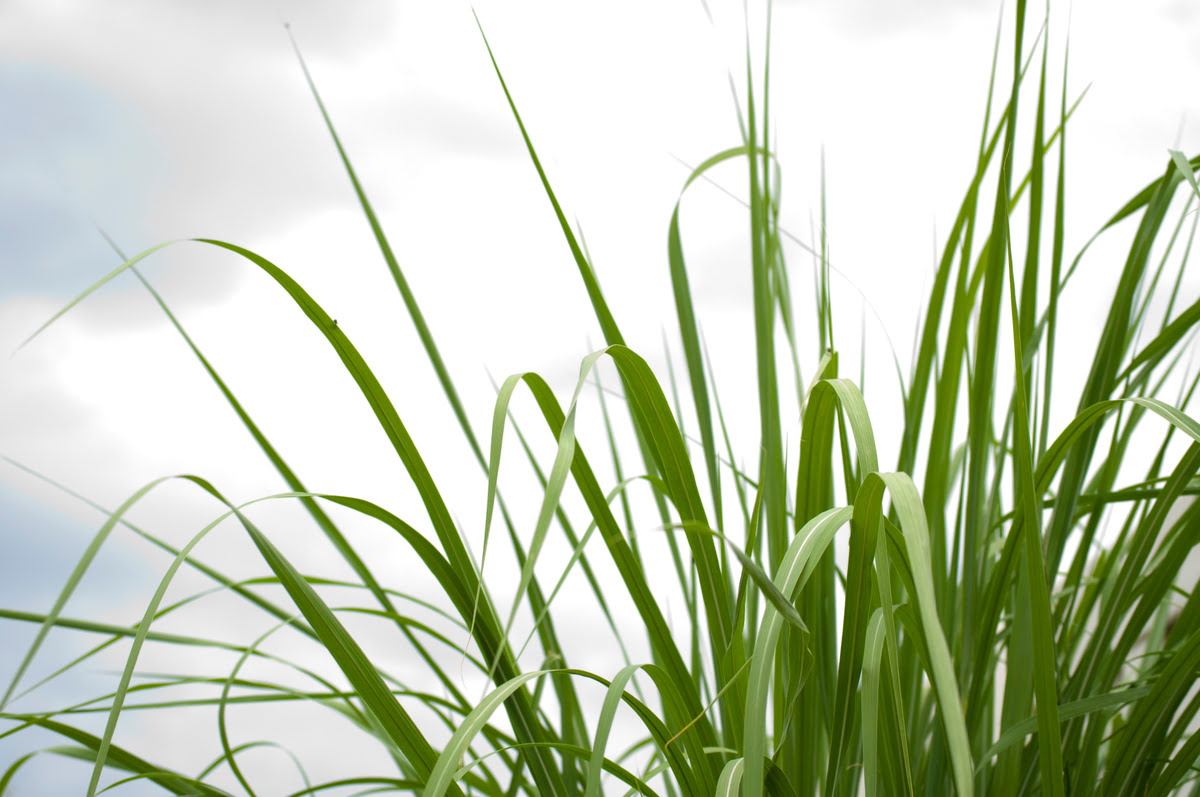

Landscaping Ideas
How To Grow Sweet Grass
Modified: February 18, 2024
Discover effective landscaping ideas for growing sweet grass in your garden. Learn how to create a lush and vibrant outdoor space with our expert tips and advice. Explore our comprehensive guide now!
(Many of the links in this article redirect to a specific reviewed product. Your purchase of these products through affiliate links helps to generate commission for Storables.com, at no extra cost. Learn more)
**
Introduction
**
Welcome to the wonderful world of sweet grass! If you're looking to add a touch of natural beauty and a delightful fragrance to your outdoor space, then growing sweet grass is the perfect choice. Sweet grass, also known as Hierochloe odorata, is a perennial plant that is native to North America and is cherished for its pleasant vanilla-like scent. In addition to its aromatic qualities, sweet grass has cultural significance and is often used in Native American ceremonies and crafts.
In this comprehensive guide, we will explore the step-by-step process of growing sweet grass, from choosing the right location to harvesting the mature plants. Whether you're a seasoned gardener or a beginner with a green thumb, cultivating sweet grass can be a rewarding and enjoyable experience. So, let's dive into the world of sweet grass and discover how to nurture this beautiful plant in your own backyard.
Throughout this guide, we will delve into the essential aspects of growing sweet grass, including selecting the optimal location, preparing the soil, planting the seeds or plugs, providing proper watering and maintenance, and ultimately harvesting the sweet grass. By following these steps, you can cultivate a thriving sweet grass patch that will not only enhance the visual appeal of your landscape but also fill the air with its delightful aroma.
So, grab your gardening tools and get ready to embark on a journey to cultivate sweet grass. Whether you're aiming to create a serene outdoor sanctuary or simply want to add a touch of natural charm to your surroundings, growing sweet grass is a delightful endeavor that promises a sensory treat for both you and your visitors. Let's get started on this aromatic and visually stunning gardening adventure! **
**
**
Key Takeaways:
- Growing sweet grass requires choosing a spot with partial shade, moist soil, and ample space. Proper soil preparation, watering, and maintenance are crucial for nurturing this aromatic plant.
- Harvest sweet grass in mid to late summer when it’s lush and aromatic. Use clean cutting tools, dry the grass, and enjoy its delightful fragrance through crafting or simple appreciation.
Read more: How To Grow Wheatgrass
Choosing the Right Location
**
Before diving into the process of planting and nurturing sweet grass, it’s crucial to identify the ideal location for this aromatic plant. Sweet grass thrives in environments that offer a balance of sunlight, moisture, and well-drained soil. Here are the key factors to consider when selecting the perfect spot for your sweet grass:
- Sunlight: Sweet grass flourishes in areas with partial shade, making it an excellent choice for gardens that receive dappled sunlight throughout the day. While it can tolerate some direct sunlight, providing a mix of sun and shade will contribute to its overall health and vigor.
- Moisture: As a moisture-loving plant, sweet grass prefers soil that is consistently moist but not waterlogged. Therefore, choosing a location with access to regular watering or natural sources of moisture, such as near a pond or stream, can support the plant’s hydration needs.
- Soil Quality: Opt for well-drained, fertile soil with a slightly acidic to neutral pH for optimal sweet grass growth. Additionally, the soil should be free of competing weeds and grasses to prevent them from overtaking the sweet grass patch.
- Space Considerations: When planning the location, ensure that there is ample space for the sweet grass to spread and thrive. Whether you’re planting in a garden bed or a dedicated area of your landscape, providing room for the plant’s natural expansion is essential.
Furthermore, consider the visual and olfactory impact of the chosen location. Since sweet grass emits a delightful vanilla-like fragrance, situating it near outdoor seating areas or along garden pathways can enhance the sensory experience for anyone enjoying the space.
By carefully assessing these factors, you can pinpoint the perfect spot for cultivating sweet grass. Whether you’re integrating it into an existing garden or creating a dedicated sweet grass patch, choosing the right location sets the stage for a thriving and aromatic display of this beloved plant.
**
Preparing the Soil
**
Once you’ve identified the optimal location for growing sweet grass, the next step is to prepare the soil to provide a nurturing environment for the plant to flourish. Sweet grass thrives in well-drained, fertile soil with a slightly acidic to neutral pH. Here’s a comprehensive guide to preparing the soil for your sweet grass:
- Soil Testing: Begin by conducting a soil test to assess the pH level and nutrient content of the soil in the chosen location. This valuable information will guide you in making any necessary adjustments to create an ideal growing environment for sweet grass.
- Amending the Soil: Based on the soil test results, amend the soil as needed to achieve the optimal pH range of 5.5 to 7.0. Adding organic matter, such as compost or well-rotted manure, can improve soil structure and fertility while helping to maintain the desired pH level.
- Weed Removal: Clear the area of any existing weeds or grasses to prevent competition for nutrients and space. This step is crucial in ensuring that the sweet grass has the best possible conditions for establishment and growth.
- Loosening the Soil: Use a garden fork or tiller to loosen the soil to a depth of around 6 to 8 inches. This process promotes good root penetration and aeration, allowing the sweet grass to develop a strong and healthy root system.
- Leveling and Smoothing: After loosening the soil, level the surface and remove any debris or large clumps. A smooth, even soil surface provides an ideal foundation for planting the sweet grass seeds or plugs.
By following these steps, you can create a prime growing environment for sweet grass, setting the stage for successful establishment and robust growth. Proper soil preparation plays a pivotal role in providing the essential nutrients and structure that sweet grass needs to thrive and emit its delightful fragrance.
With the soil meticulously prepared, you’re now ready to proceed to the next phase of the sweet grass cultivation journey: planting the seeds or plugs. The groundwork you’ve laid in soil preparation will contribute to the overall health and vitality of your sweet grass patch, ensuring a visually appealing and aromatic addition to your outdoor space.
**
Planting Sweet Grass
**
After preparing the soil, the exciting moment arrives to plant sweet grass and set the stage for its growth and aromatic presence in your outdoor space. Whether you opt for seeds or plugs, the planting process requires attention to detail and a focus on creating optimal conditions for the sweet grass to thrive. Here’s a step-by-step guide to planting sweet grass:
- Seed Planting: If you’re starting with sweet grass seeds, sow them directly into the prepared soil. Gently rake the soil surface to create a smooth, fine texture, then scatter the seeds evenly across the area. Lightly press the seeds into the soil to ensure good seed-to-soil contact, which promotes germination.
- Plug Planting: For those using sweet grass plugs, space them approximately 6 to 12 inches apart, depending on the desired density of the grass patch. Dig holes slightly larger than the plugs and gently place each plug into its designated spot, ensuring that the top of the plug aligns with the soil surface.
- Watering: After planting the seeds or plugs, thoroughly water the area to provide essential moisture for germination and initial growth. Keep the soil consistently moist but not waterlogged during the early stages of establishment to support the development of the sweet grass roots.
- Mulching (Optional): Consider applying a thin layer of organic mulch, such as straw or shredded bark, to help retain soil moisture and suppress weed growth. Mulching can also contribute to a tidy appearance and provide additional insulation for the developing sweet grass.
- Monitoring and Patience: Keep a watchful eye on the planted area, monitoring for signs of germination or new growth. Depending on the method of propagation, sweet grass typically begins to emerge within a few weeks, signaling the start of its journey to maturity.
Whether you’ve chosen seeds or plugs, the planting process marks the beginning of your sweet grass patch’s transformation from a bare patch of soil to a lush and aromatic display. By providing the necessary care and attention during this crucial phase, you’re nurturing the potential for a thriving sweet grass patch that will delight the senses and enrich your outdoor environment.
With the sweet grass seeds or plugs securely in place and the promise of new growth on the horizon, you’re well on your way to cultivating a visually stunning and fragrant addition to your landscape. The next steps involve maintaining the growing sweet grass and providing the care it needs to reach its full potential.
**
To grow sweet grass, plant it in well-draining soil and water regularly. It prefers full sun but can tolerate some shade. Harvest by cutting the grass 2-3 inches above the ground.
Watering and Maintenance
**
As your sweet grass begins to take root and grow, providing proper watering and maintenance is essential to support its development and ensure long-term health. From regular watering to occasional grooming, taking care of your sweet grass contributes to a vibrant and aromatic display. Here’s a comprehensive overview of watering and maintenance practices for sweet grass:
- Watering Frequency: Sweet grass thrives in consistently moist soil, especially during the initial stages of growth. Water the planted area regularly, ensuring that the soil remains damp but not waterlogged. In periods of extended dryness, adjust the watering frequency to meet the plant’s moisture needs.
- Weed Control: Keep the area around the sweet grass patch free of weeds and competing vegetation. Regularly inspect the site and remove any unwanted growth to prevent it from encroaching on the sweet grass and competing for resources.
- Grooming: Periodically groom the sweet grass patch by gently removing any dead or yellowing blades. This simple maintenance task helps maintain a tidy appearance and encourages new growth, contributing to a lush and vibrant display of sweet grass.
- Fertilization (Optional): While sweet grass can thrive without regular fertilization, applying a balanced, slow-release fertilizer in early spring can provide an extra boost of nutrients for vigorous growth. However, be mindful of using minimal amounts to avoid overstimulating the grass.
- Monitoring for Pests and Diseases: Keep an eye out for signs of pests or diseases that may affect the sweet grass. Common issues include aphids and fungal diseases. If detected, address these concerns promptly using environmentally friendly pest control methods or natural remedies.
By incorporating these watering and maintenance practices into your sweet grass care routine, you’re nurturing a thriving and visually appealing patch of aromatic grass. The regular attention and gentle upkeep contribute to the overall health and beauty of the sweet grass, ensuring that it remains a captivating and fragrant presence in your outdoor space.
With the proper watering and maintenance regimen in place, your sweet grass is well on its way to becoming a cherished and aromatic feature of your landscape. The next phase of the journey involves the anticipation and preparation for the eventual harvest of this delightful plant.
**
Read more: How To Grow Lemongrass Plant
Harvesting Sweet Grass
**
As your sweet grass matures and fills the air with its delightful fragrance, the time will come to harvest this aromatic plant and put its captivating qualities to use. Whether you intend to create traditional crafts, such as braided sweet grass, or simply savor its scent, harvesting sweet grass is a rewarding and sensory-rich experience. Here’s a step-by-step guide to harvesting sweet grass:
- Timing: The optimal time to harvest sweet grass is during its peak growth period, typically in mid to late summer when the plant has reached a height of 8 to 12 inches. At this stage, the grass is lush and aromatic, making it ideal for harvesting.
- Tools: To harvest sweet grass, you’ll need a sharp pair of scissors or garden shears. Ensure that the cutting tools are clean and well-maintained to make precise and clean cuts, promoting the plant’s health and regrowth.
- Cutting Technique: When harvesting sweet grass, use the scissors or shears to snip the stems just above the soil level. Aim for a clean and even cut to encourage regrowth and ensure a neat appearance in the remaining patch of sweet grass.
- Bundling and Drying: After harvesting, gather the cut sweet grass into small, manageable bundles and secure them with twine or rubber bands. Hang the bundles in a well-ventilated area out of direct sunlight to dry. The drying process allows the sweet grass to retain its aroma and prepares it for various uses.
- Crafting and Enjoying: Once the sweet grass has thoroughly dried, you can explore various crafting possibilities, such as braiding the grass into decorative arrangements or incorporating it into aromatic sachets. Additionally, simply enjoying the sweet, lingering fragrance of the dried grass can be a delightful sensory experience.
Harvesting sweet grass not only provides an opportunity to create beautiful and aromatic crafts but also allows you to savor the natural essence of this cherished plant. Whether you’re engaging in traditional practices or simply enjoying the fragrance, the harvest marks the culmination of your sweet grass cultivation journey, rewarding you with a sensory treasure from your outdoor oasis.
With the sweet grass harvested and its aromatic presence enriching your surroundings, you’ve completed a fulfilling and aromatic journey from cultivation to harvest. As you continue to enjoy the sensory delights of sweet grass, you’ll find that its aromatic qualities add a touch of natural charm to your outdoor space, creating a sensory-rich environment for you and your visitors.
**
Conclusion
**
Congratulations on embarking on the aromatic and visually stunning journey of growing sweet grass! Throughout this comprehensive guide, we’ve explored the essential steps to cultivate, nurture, and harvest this beloved plant, offering insights into creating a thriving sweet grass patch that enriches your outdoor environment. As we conclude this journey, let’s reflect on the rewarding experience of cultivating sweet grass and the sensory treasures it brings to your landscape.
From the initial selection of the perfect location to the careful preparation of the soil, each step in the sweet grass cultivation process contributes to the plant’s overall health and vitality. By choosing the right spot, providing optimal soil conditions, and tenderly planting the seeds or plugs, you’ve set the stage for a lush and aromatic display of sweet grass in your outdoor space.
As the sweet grass takes root and grows, the commitment to proper watering and maintenance ensures that it flourishes and emits its delightful fragrance, captivating all who encounter it. The gentle care and attention paid to the sweet grass patch contribute to its visual appeal and aromatic allure, creating a sensory-rich environment for you and your guests to enjoy.
Finally, the moment arrives to harvest the sweet grass, marking the culmination of your journey and the beginning of new possibilities. Whether you craft traditional braids, create aromatic sachets, or simply savor the lingering fragrance, the harvest represents the culmination of your efforts and the realization of the sensory treasures that sweet grass brings to your outdoor oasis.
As you continue to enjoy the aromatic delights of sweet grass, may its presence serve as a reminder of the rewarding journey you’ve undertaken and the natural charm it has brought to your landscape. Whether you’re drawn to sweet grass for its cultural significance, aromatic qualities, or visual appeal, cultivating this cherished plant enriches your outdoor space and offers a sensory experience that transcends the ordinary.
Thank you for joining us on this aromatic and visually captivating journey through the world of sweet grass. As you continue to nurture and enjoy the aromatic treasures of this beloved plant, may your outdoor sanctuary be filled with the delightful essence of sweet grass, creating a sensory-rich environment that delights and inspires all who encounter it.
**
Frequently Asked Questions about How To Grow Sweet Grass
Was this page helpful?
At Storables.com, we guarantee accurate and reliable information. Our content, validated by Expert Board Contributors, is crafted following stringent Editorial Policies. We're committed to providing you with well-researched, expert-backed insights for all your informational needs.
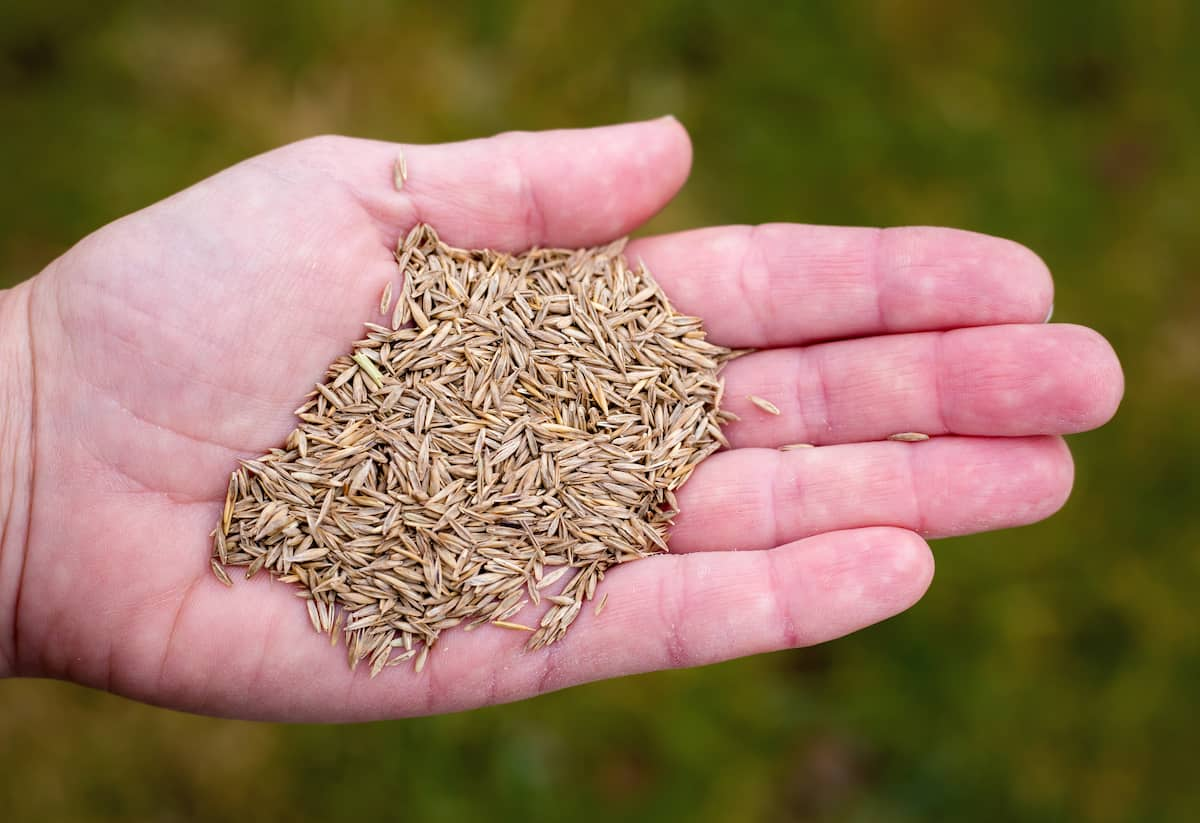

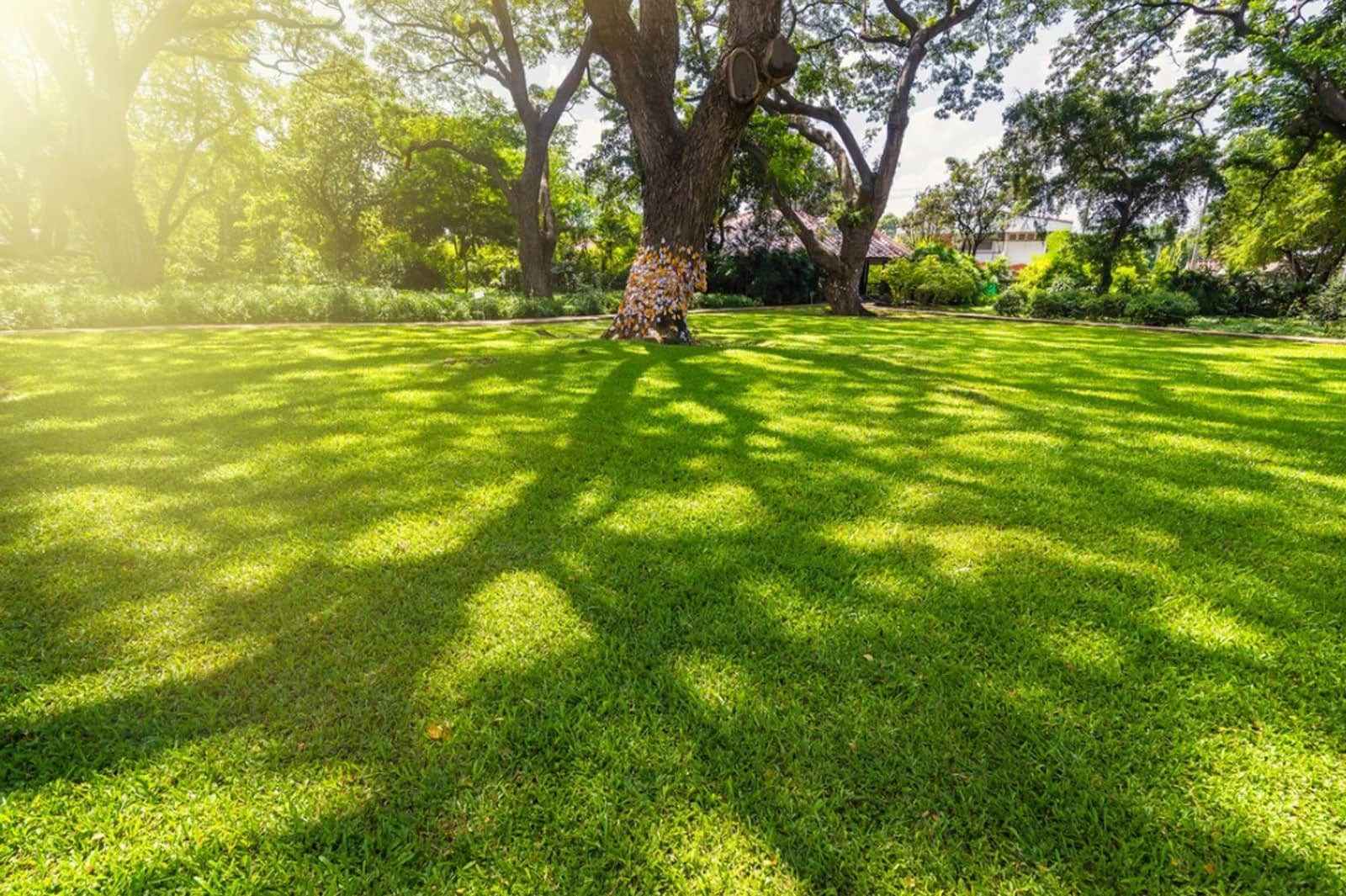
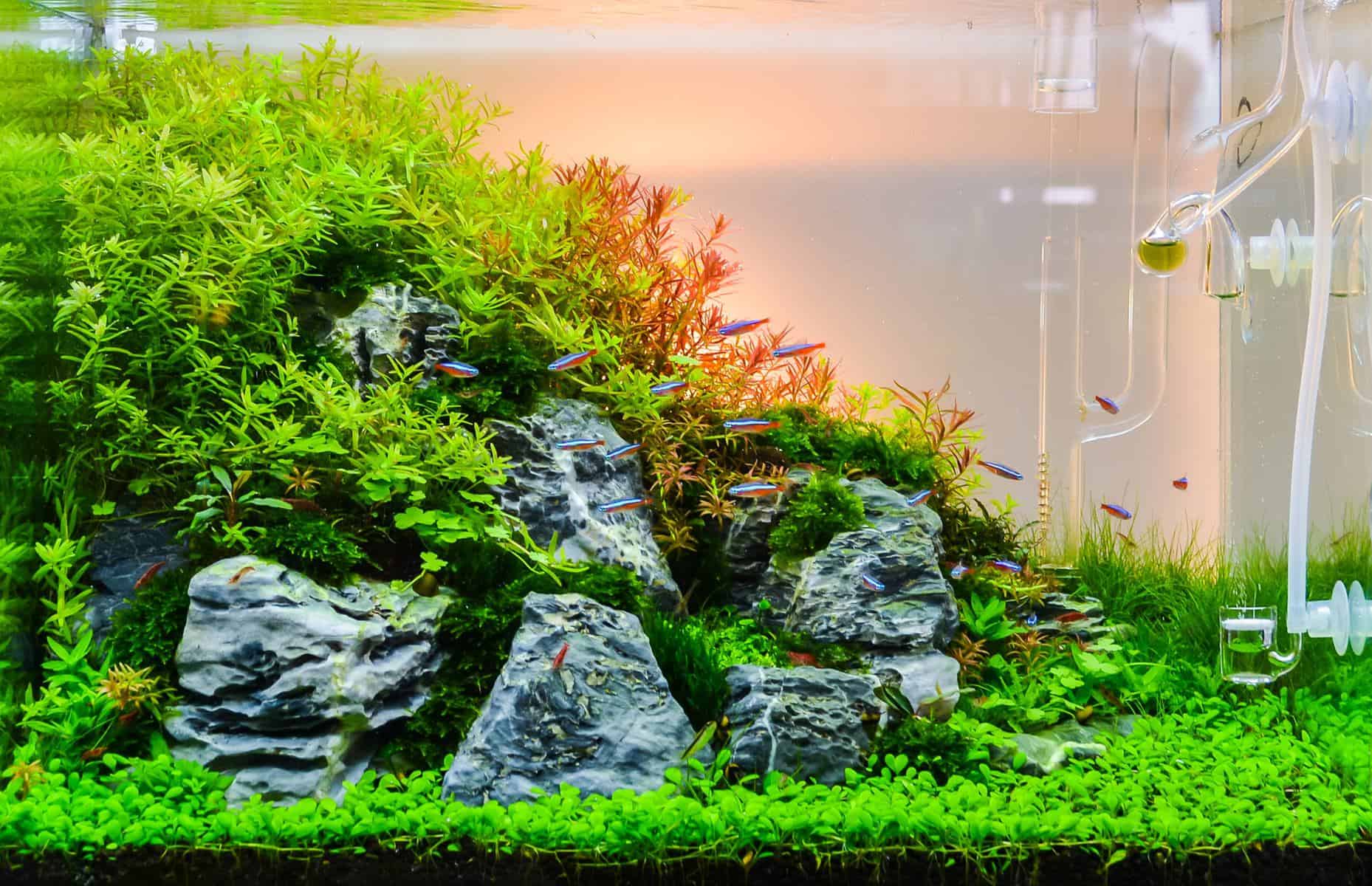
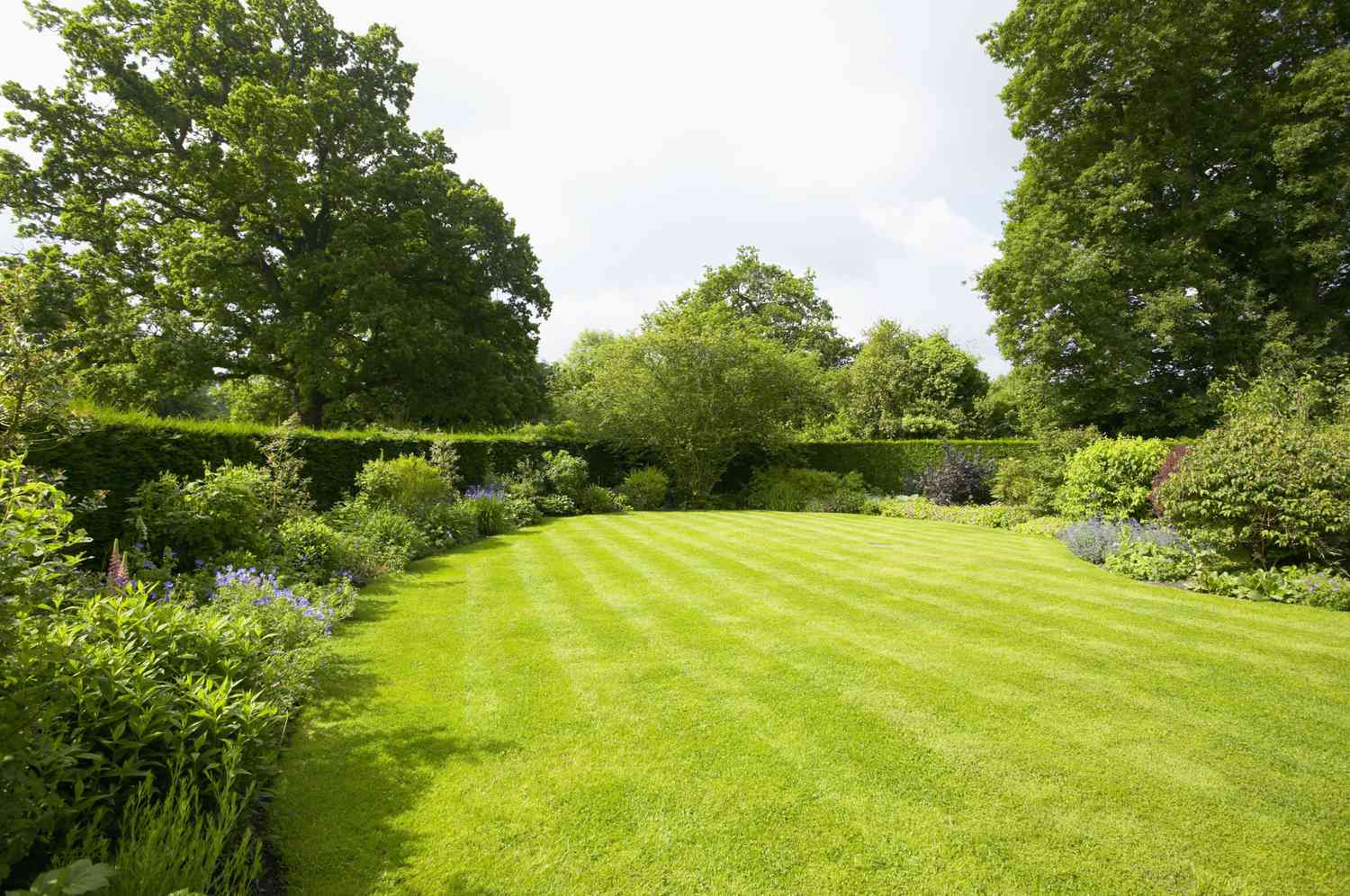

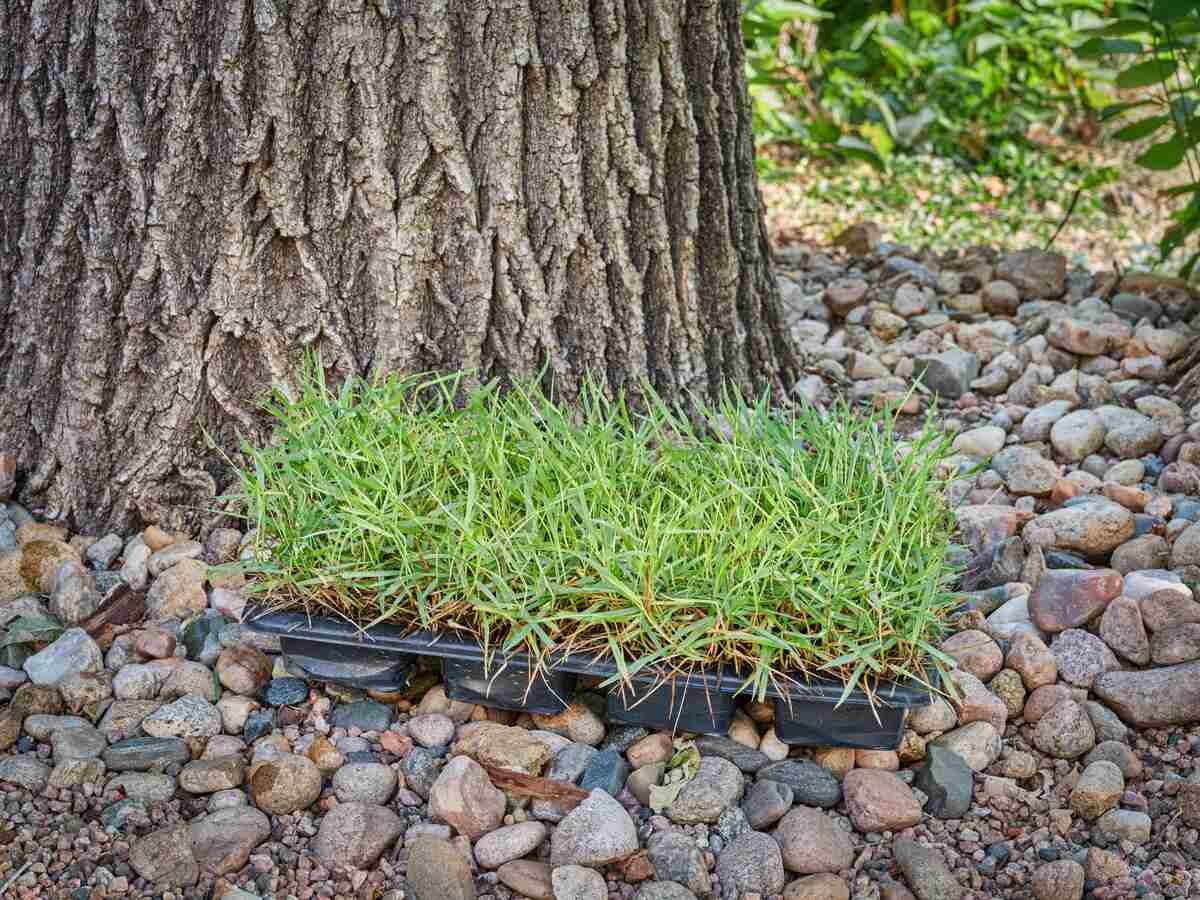
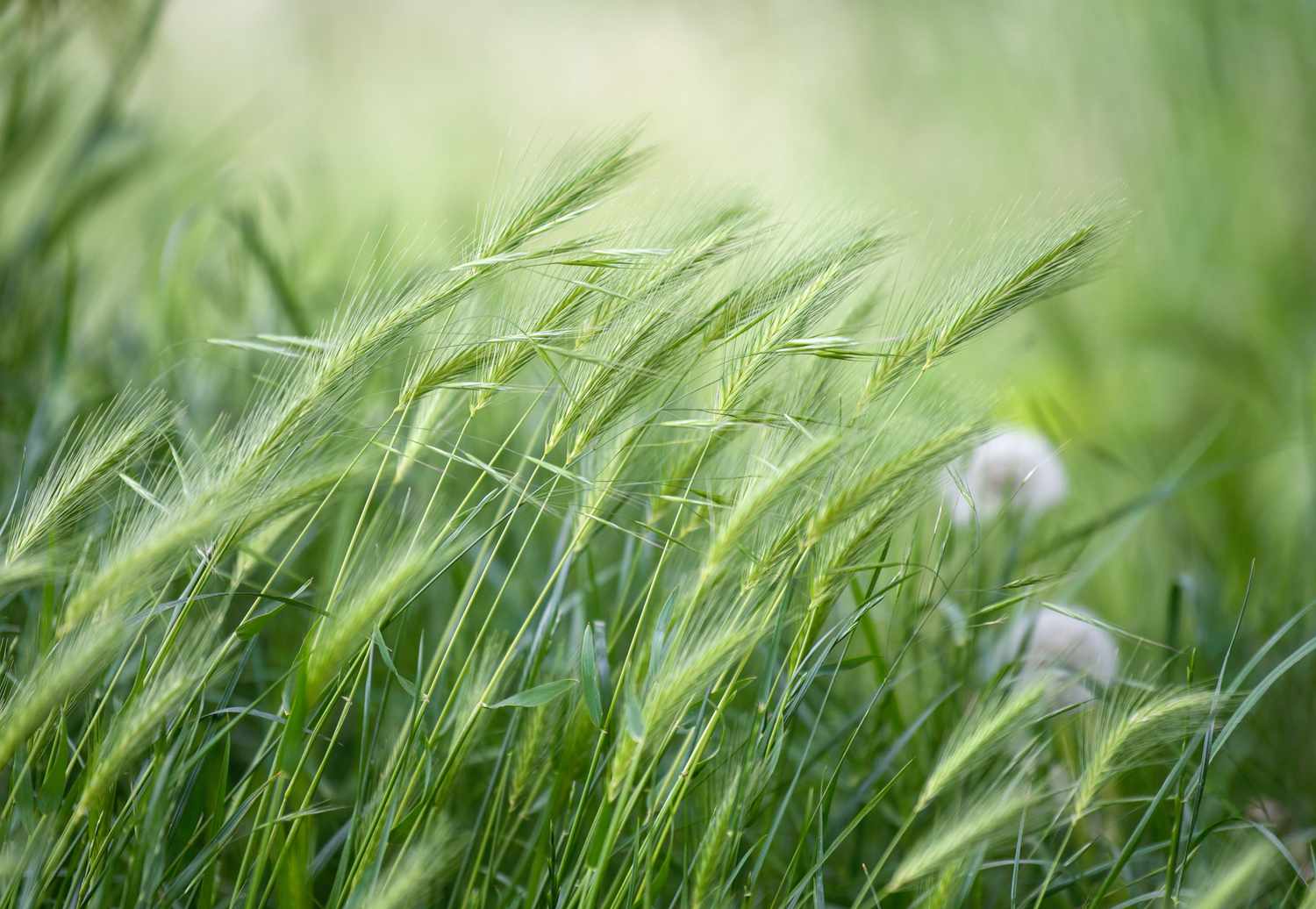
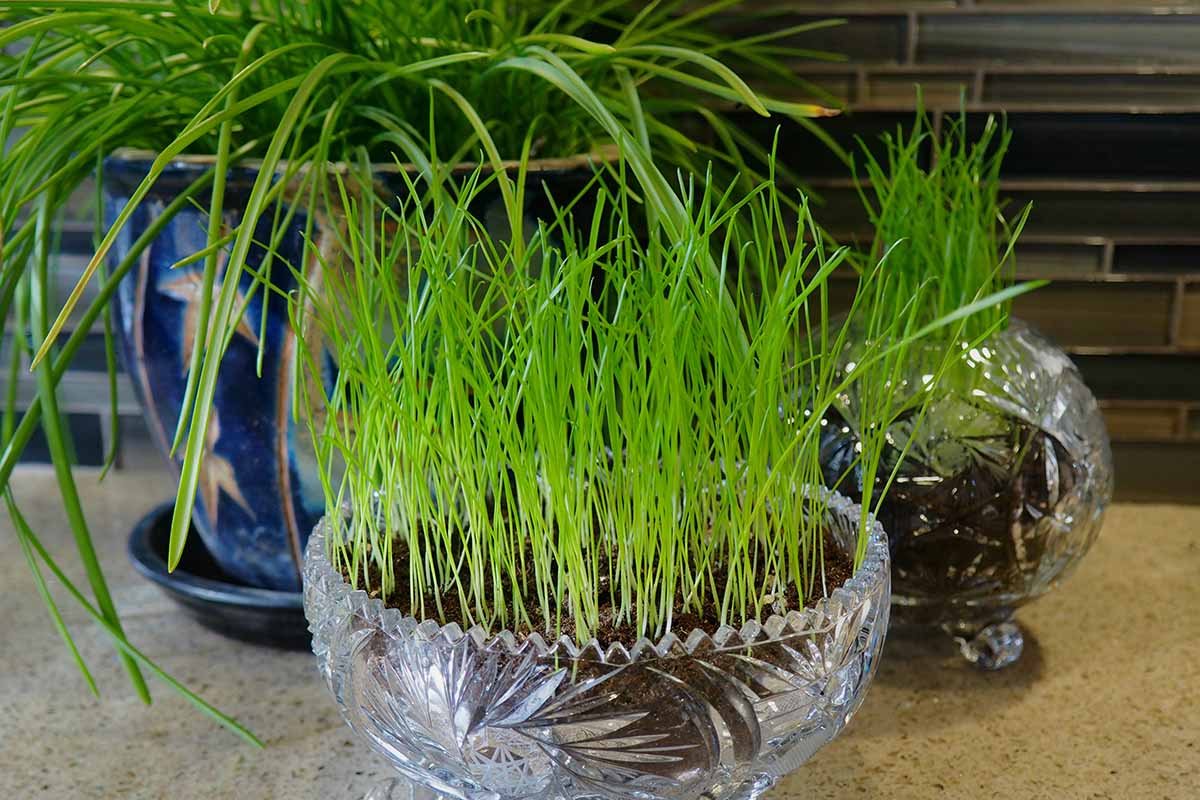
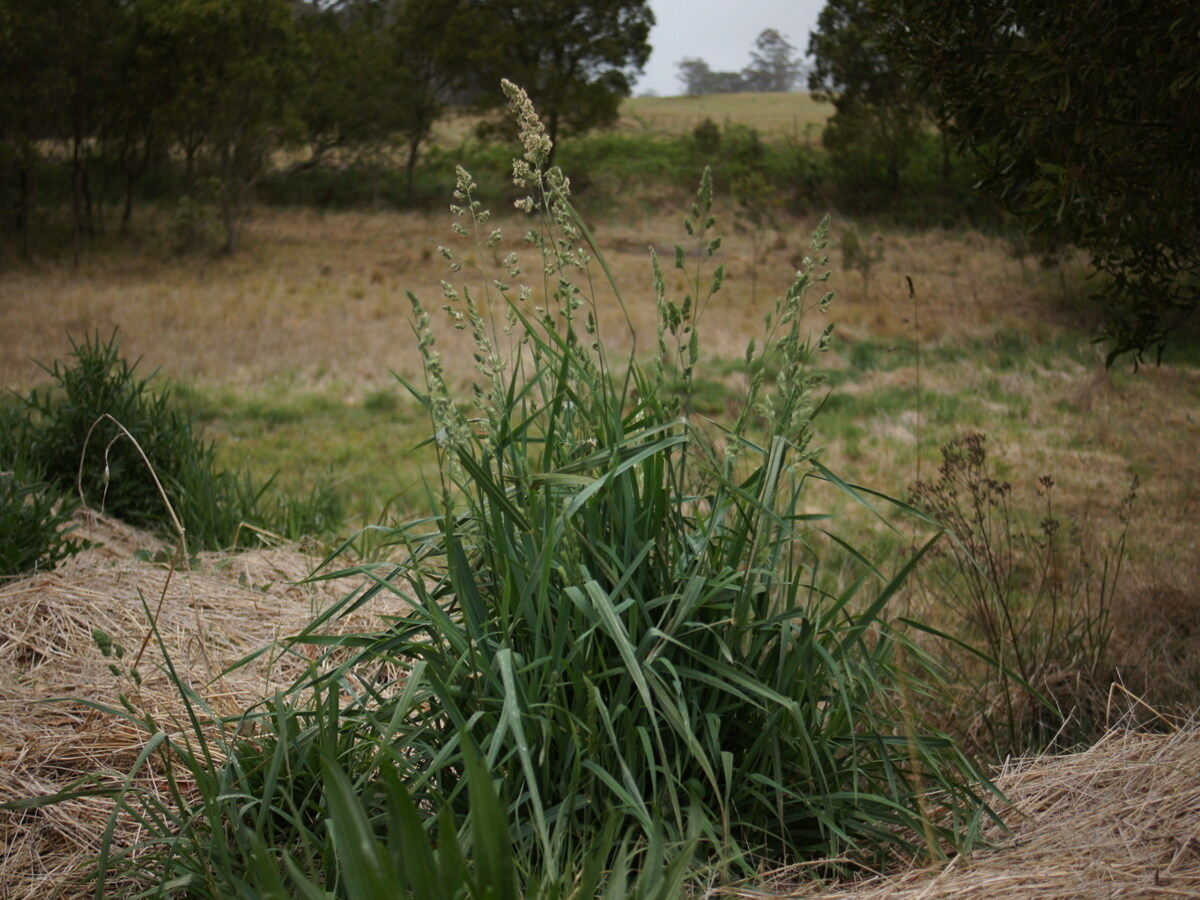
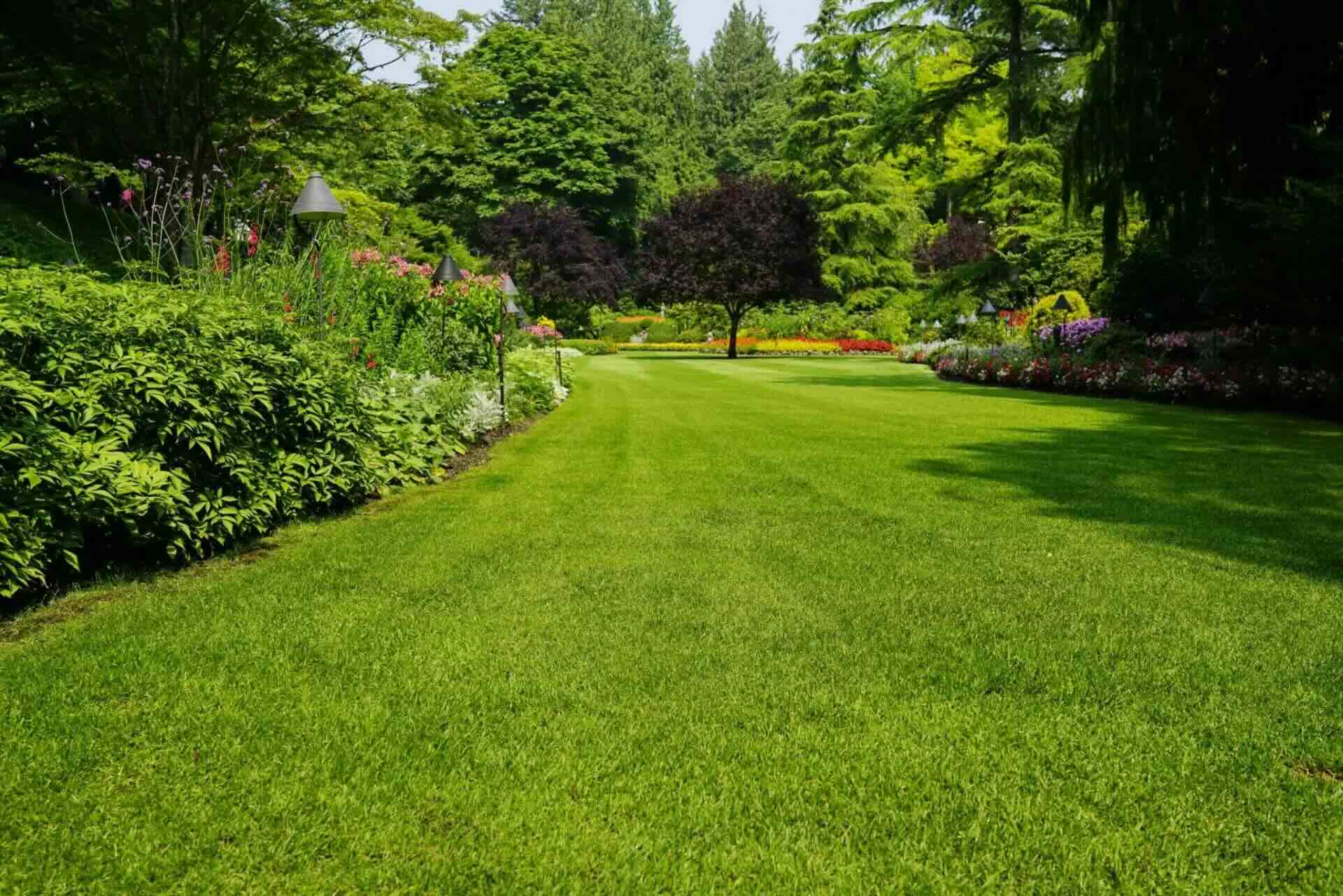
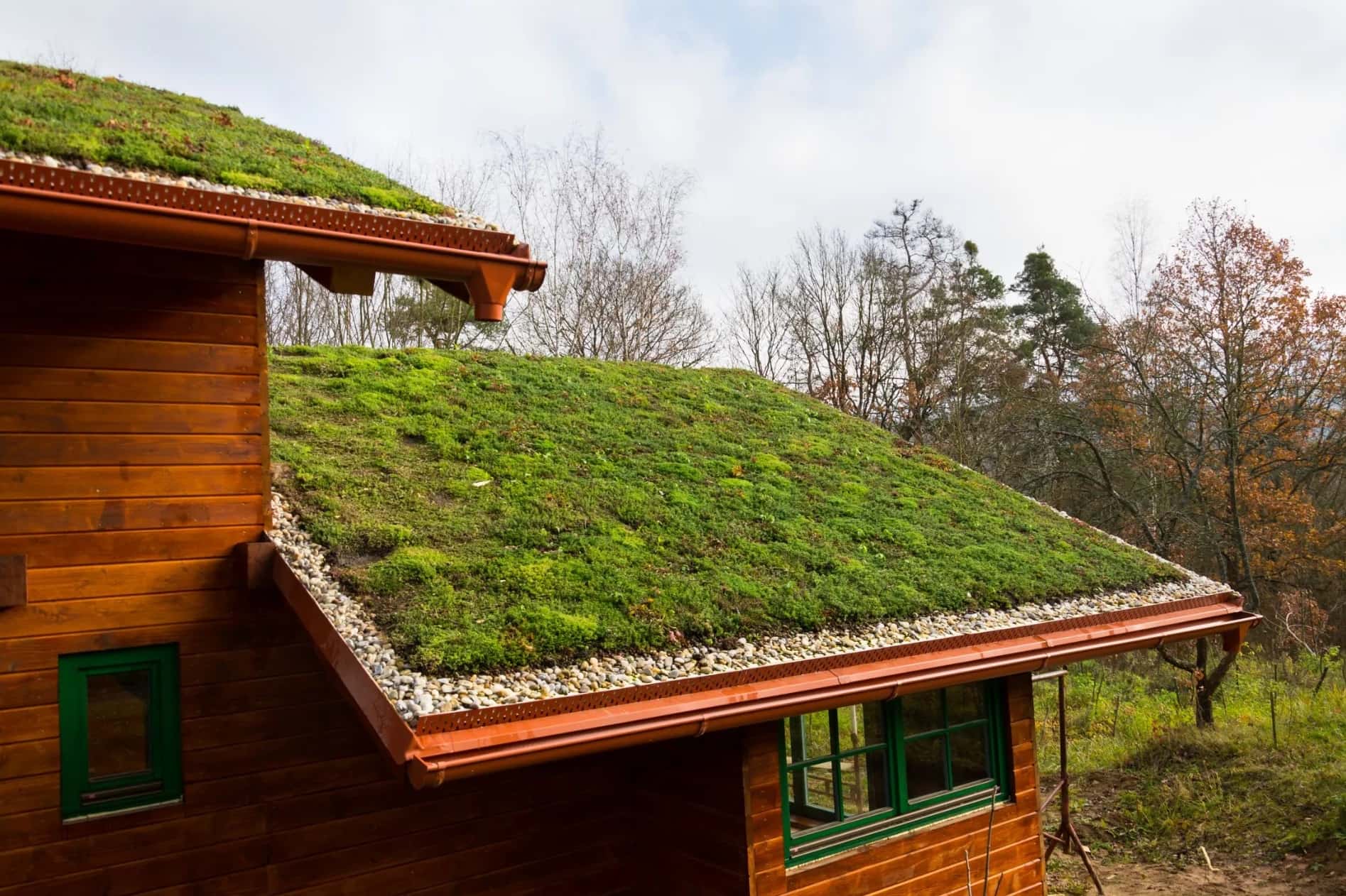
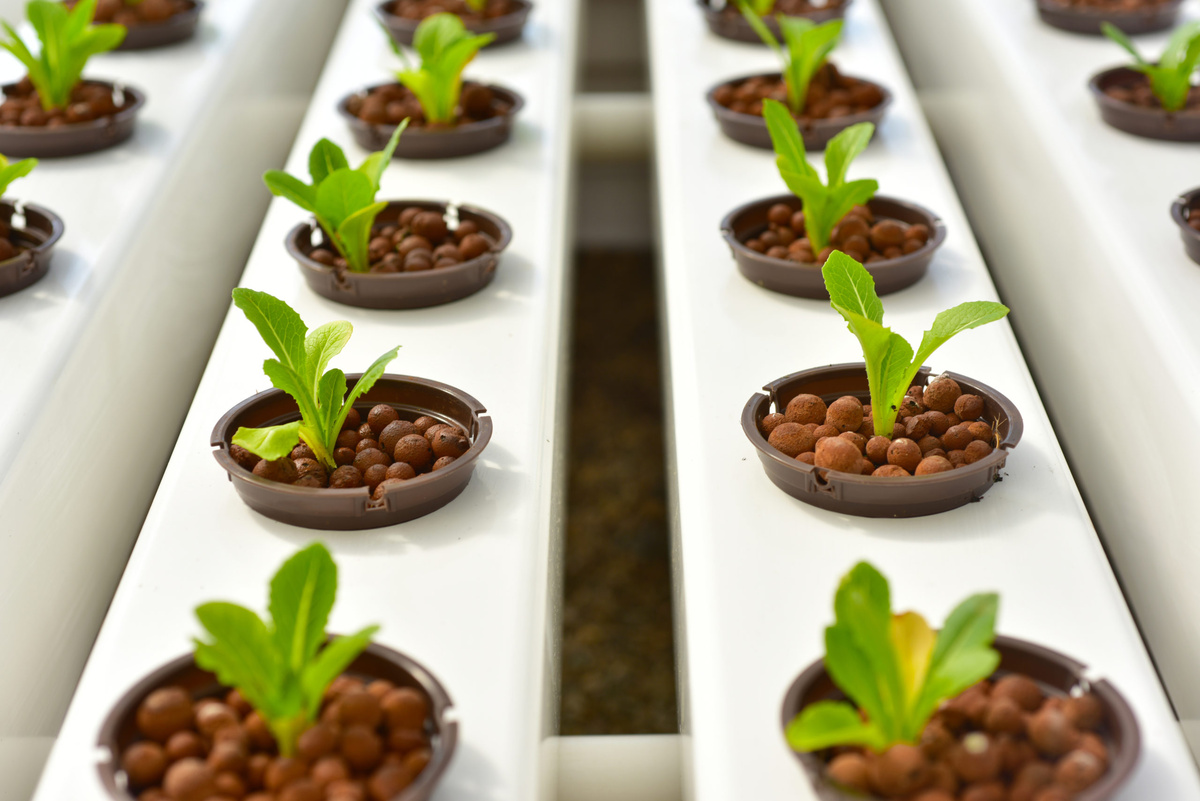
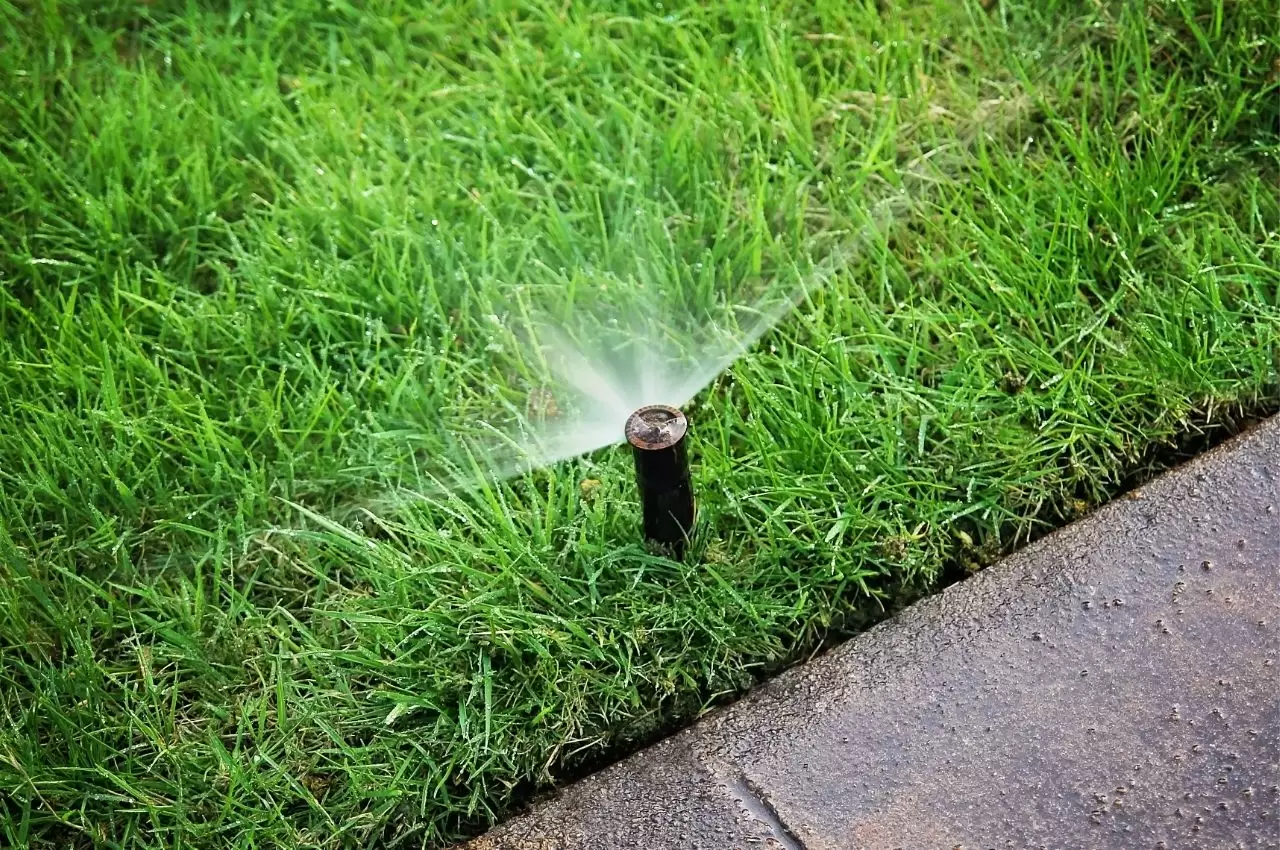

0 thoughts on “How To Grow Sweet Grass”